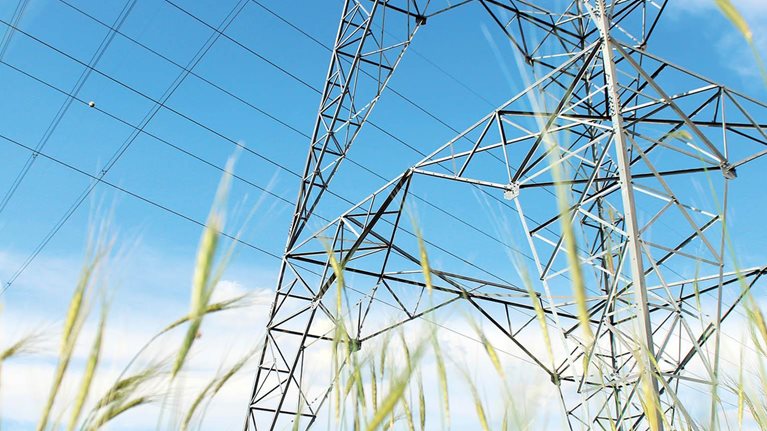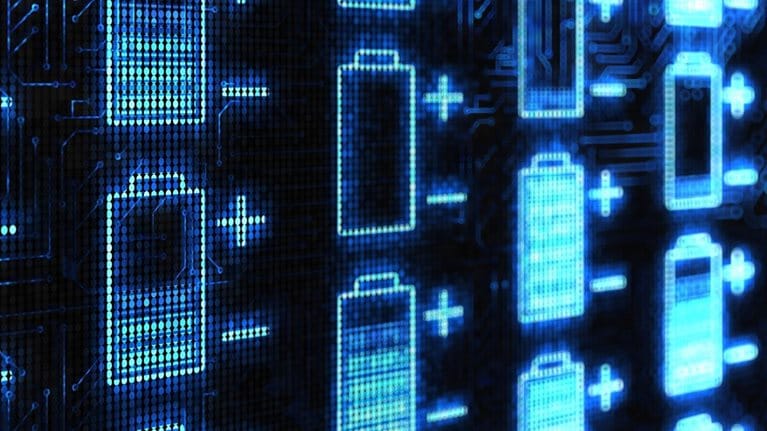Fifty-eight nuclear power-plant units are under construction globally right now, with governments and energy companies typically attracted by the combination of stable, low-carbon base generation, enhanced grid stability, and energy security. That’s why many governments have said they see nuclear as a key part of the future energy mix. Increasingly, however, the viability of new nuclear is under threat from spiraling construction costs and delayed projects—with recent new builds seeing up to a threefold increase in cost and up to nine-year delays. Such escalation can quickly flip the business case of these units, leaving private investors and governments heavily exposed and countries short of generation capacity.
Bringing a multibillion dollar nuclear new build online on time and on budget is not easy, but some players are showing they can do it consistently. Generally, units in Asia are built faster and cheaper than those in Europe and the United States, but we wanted to find out why. So we analyzed in depth many of the new nuclear units brought online since 2000 and interviewed experts involved in their delivery, to identify common reasons for success and reasons for failure. What we found were four factors that, while not guaranteeing success, must be in place if a nuclear new build has a chance of being on time and on budget.

1. Find an OEM that has built the same reactor technology elsewhere
Forming an owner team with experience in building and operating nuclear power plants is a key success factor. Similarly, picking an OEM with experience in building the technology is directly correlated to better project outcomes. For example, we found that projects with experienced contractor teams (that is, team members at frontline supervisor level with experience building identical technology) were delivered two to five years faster than those with teams that had only delivered projects based on different technologies.
2. Beware the pitfalls of building bespoke
Units built using a mature technology tend to get built closer to schedule and budget—such units in South Korea and China are being built in less than five years. Conversely, first-of-a-kind units typically take at least one to two years longer to build than their more mature counterparts. The first recommendation is therefore straightforward: avoid deploying first-of-a- kind technology without adequate justification or consideration of the execution risks. However, OEMs are often forced to modify even well-established technologies when moving into a new geography, in order to comply with local regulations and license requirements. Some OEMs have mitigated this risk by engaging early with regulators from the export country and the licensing country. We have seen examples of the licensing country applying export-country licensing principles to limit changes to design and documentation, while providing adequate assurance.
Would you like to learn more about our Electric Power & Natural Gas Practice?
3. Get real about risk
The costs and risks of building a nuclear power plant are such that they can never be fully passed to the supply chain. Nor should they be. Successful project owners recognize this and develop contracts that pass only the right risks to OEMs and contractors. For example, design change and commodity price escalation are usually risks best held by the owner. Similarly, interface risk is often best held by a designated supplier; our research shows that projects where the owner takes this “integrator” role tend to be less successful unless the owner has substantial and relevant prior experience.
Our analysis unearthed several examples where the balance of risk in the contract is not optimal. For example, one new build project attracted only one bid likely due to highly punitive clauses in the contract. The result? The tender was canceled, at not inconsiderable cost to the owner.
4. Be mindful about localization
As with any large construction project, nuclear power plants generate thousands of jobs and are seen as powerful catalysts for local industries. However, owners should be mindful about which materials and expertise they source from local markets. Experience shows that building materials and operations/maintenance skills can often be sourced from local markets without affecting project performance. However, local markets do not always have the necessary skilled construction labor with nuclear experience, which can lead to low productivity and hence delays. In fact, a comparison between two North American projects showed labor costs more than doubled in one location due to low local labor productivity and high cost.
With global investment in new nuclear-generation capacity in the hundreds of billions of dollars, the prize for building on time and on budget is huge. Success is by no means guaranteed, but by following some simple rules, owners can improve their chances of getting on grid fast and safe.


